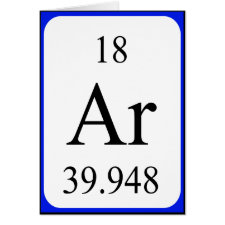
Authors: Karlsson JG, Karlsson B, Andersson LI, Nicholls IA
Article Title: The roles of template complexation and ligand binding conditions on recognition in bupivacaine molecularly imprinted polymers.
Publication date: 2004
Journal: Analyst
Volume: 129
Issue: (5)
Page numbers: 456-462.
DOI: 10.1039/b316716j
Abstract: A model for the molecular basis for ligand recognition in bupivacaine imprinted methacrylic acid - ethylene glycol dimethacrylate co-polymers has been developed based upon a series of H-1-NMR studies in conjunction with HPLC and radioligand binding analyses. H-1-NMR studies indicated that functional monomer-template complexes survive the polymerisation process, at least up until the stage of gelation. Polymers were synthesised and characterised by surface area analysis (BET), FT-IR and SEM. A combination of zonal and frontal chromatographic studies in aqueous and non- polar media indicate that selectivity arises from a combination of hydrophobic and electrostatic interactions. However, in the concentration regime employed for LC-based studies, ligand recognition in aqueous media was shown to be predominantly non- specific and hydrophobic in character. Radioligand binding studies, in lower ligand binding concentration regimes, permitted closer examination of the higher affinity binding sites. It was shown that the presence of a polar modifier in a non-polar solvent, or an organic modifier in water, produced enhanced selectivity. Variable temperature studies showed that the temperature of binding influences selectivity as well as the apparent number of sites available and that this effect is different in organic and aqueous environments. This indicates that the system studied is more complex in character than is generally appreciated. A comparison of the techniques employed here indicates that although chromatographic studies provide a valuable first-round screen for polymer - ligand selectivities, the level of detail obtainable using radioligand binding studies ( lower concentrations and true equilibrium binding) makes them superior for detailed evaluations of molecularly imprinted polymers



Join the Society for Molecular Imprinting

New items RSS feed
Sign-up for e-mail updates:
Choose between receiving an occasional newsletter or more frequent e-mail alerts.
Click here to go to the sign-up page.
Is your name elemental or peptidic? Enter your name and find out by clicking either of the buttons below!
Other products you may like:
 MIPdatabase
MIPdatabase









